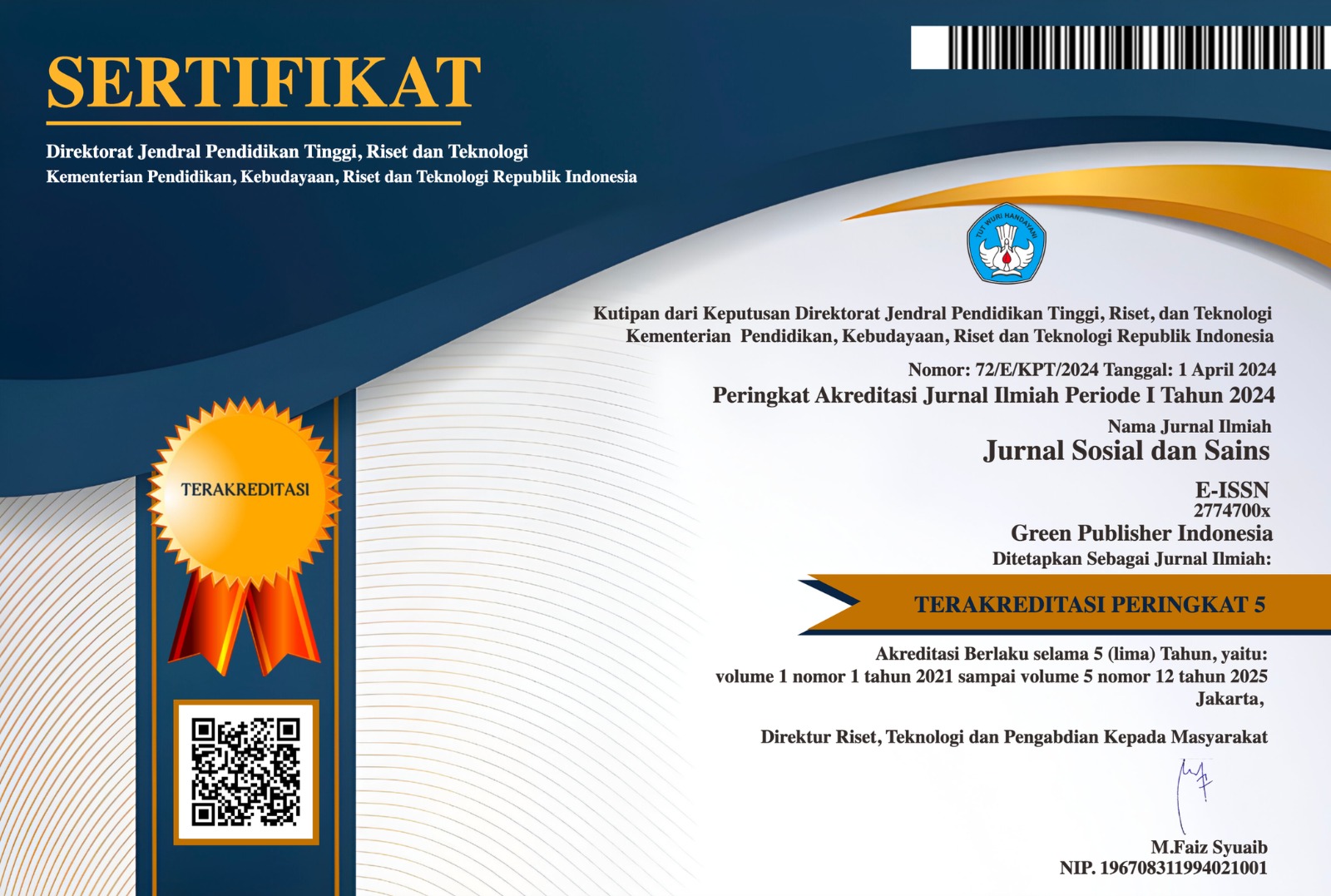Burn Contracture In Children : A Case Series
DOI:
https://doi.org/10.59188/jurnalsosains.v4i7.1420Keywords:
Contractures, Burning in Children, TreatmentAbstract
Background: Contractures after burns are the most common complication, should be prevented, and if they occur, are more difficult to treat. In developing countries such as Indonesia, it is more difficult for children with burns to get treatment for acute burns, resulting in joint contractures and soft tissue weakness. On the other hand, if contractures have already appeared, various methods such as z-plasty, multiple s-plasty, and even reconstructive flaps can be performed, especially in persistent contractures.
Purpose: This study aims to find out several types of therapy and surgical management that can be carried out in contracture patients.
Method: This study uses a qualitative research method with a case study approach. The data collection techniques used in this study are observation, medical record study, and literature study. The data that has been collected is then analyzed through three stages, namely data reduction, data presentation, and conclusion drawing.
Results: The results of the study show that early management of burns in children can provide a better prognosis, if contractures have occurred, treatment requires several stages and the function cannot return to normal and aesthetics can be improved according to the difficulty of the burn. contracture.
Conclusion: Research on contractures due to burns in children shows that early management can provide a better prognosis. If contractures have formed, treatment requires several stages and often cannot completely restore normal function.
Published
How to Cite
Issue
Section
License
Copyright (c) 2024 Andly Resando Mallo, Mendy J. Hatbie, Maximillian Christian Oley

This work is licensed under a Creative Commons Attribution-ShareAlike 4.0 International License.
Authors who publish with this journal agree to the following terms:
- Authors retain copyright and grant the journal right of first publication with the work simultaneously licensed under a Creative Commons Attribution-ShareAlike 4.0 International (CC-BY-SA). that allows others to share the work with an acknowledgement of the work's authorship and initial publication in this journal.
- Authors are able to enter into separate, additional contractual arrangements for the non-exclusive distribution of the journal's published version of the work (e.g., post it to an institutional repository or publish it in a book), with an acknowledgement of its initial publication in this journal.
- Authors are permitted and encouraged to post their work online (e.g., in institutional repositories or on their website) prior to and during the submission process, as it can lead to productive exchanges, as well as earlier and greater citation of published work.








